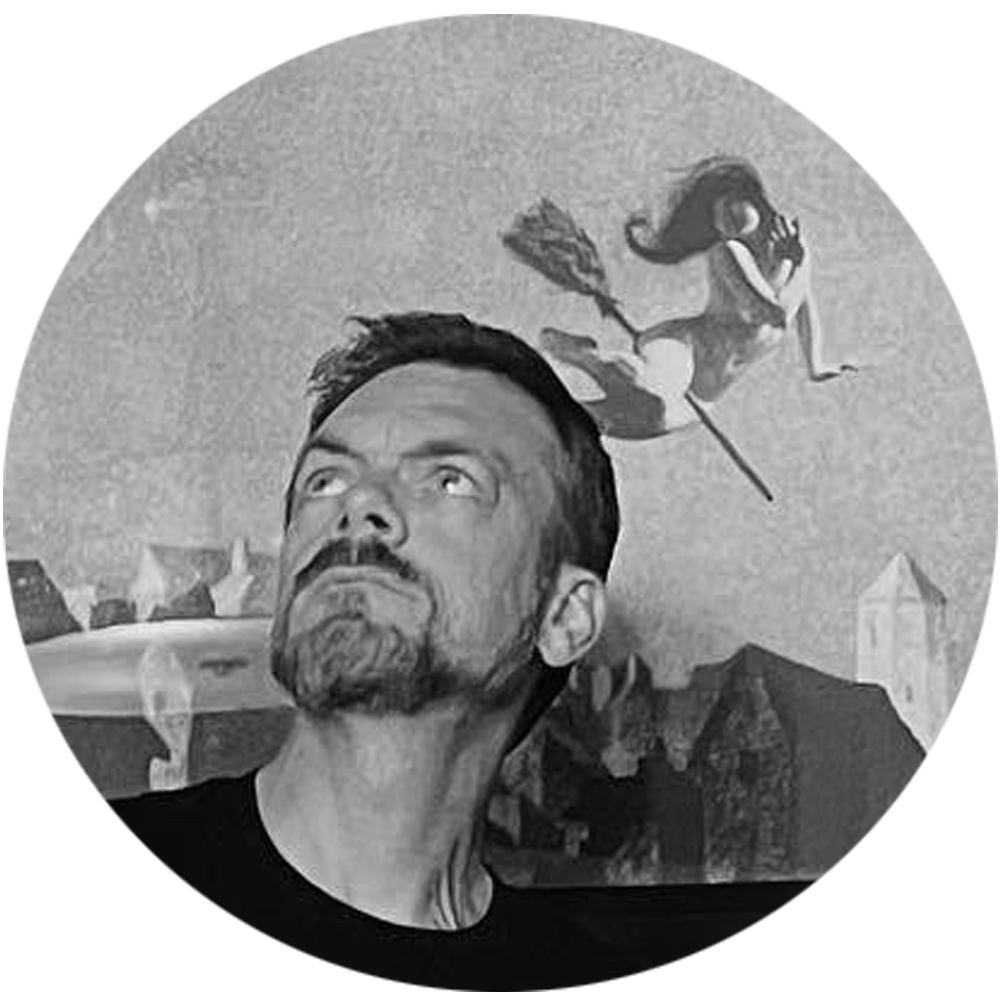My in-progress demon novel is over 100,000 words and I haven’t officially written a single, actual page of fiction.
Which makes my document either a comically extensive plot summary, or the messiest first draft imaginable. Either way, when I finish working on the plot, it’ll be almost as long as the book it ultimately becomes.
My plots aren’t “the general bones the story.” They’re a complete skeleton with living organs and muscles. Constantly moving. Such a mess.
When I work like this, I essentially tell myself the story to figure it out. In broad stroke and minute detail. With bird’s eye view and magnifying glass. I get to know the characters intimately. I retell myself the story over and over. I ask myself questions (and answer them) in type, as if I’m addressing a highly interested and finicky listener. I delete stuff, add stuff, move stuff, change stuff.
The only thing I don’t do in this phase is obsess over the actual wording. And since I’m not getting hung up on the right simile or adjective—or falling in love with a crafted page—I’m free to let the whole thing crazily emerge.
A lot of writers understandably fear that overplotting will make their fiction stilted, forced, unnatural.
My weird way of plotting does the opposite for me. I write the whole thing as a bonkers plot-draft combo that feels, day to day, wildly organic. I can be playful. I can be reckless. Anything goes, at any time. And when it’s time to truly write the thing, I’ll know exactly what story I’m trying to tell. The guts. The blood. The bones and all.
